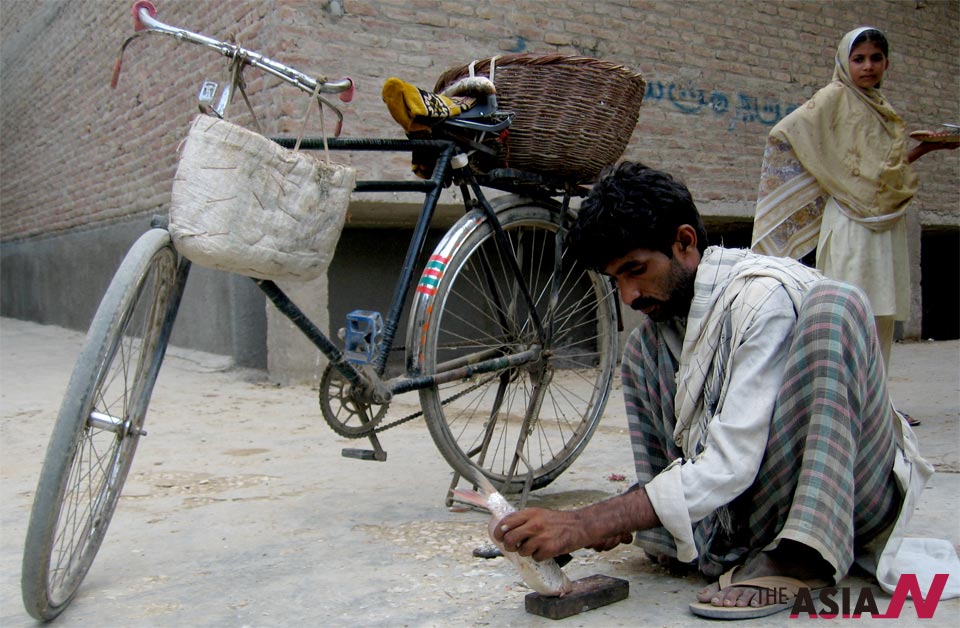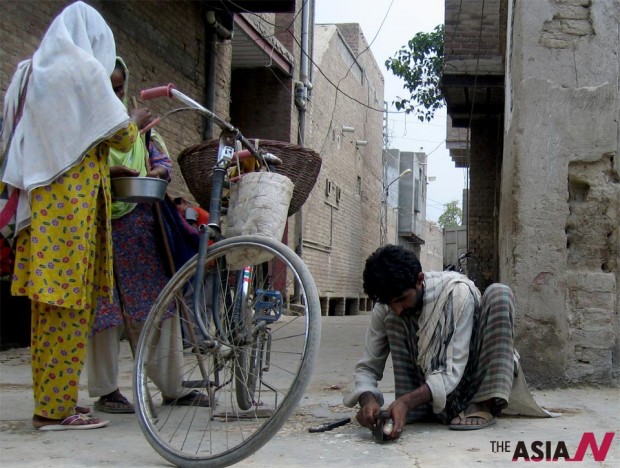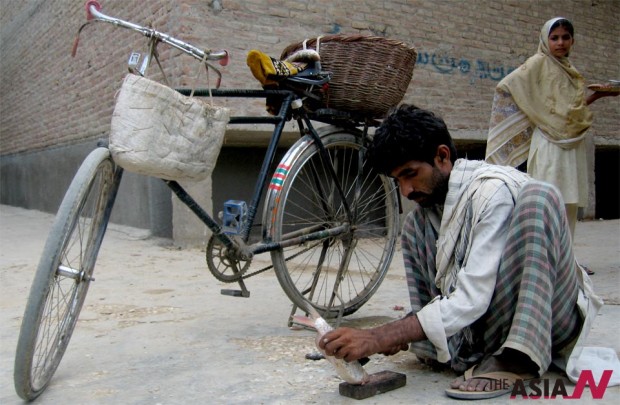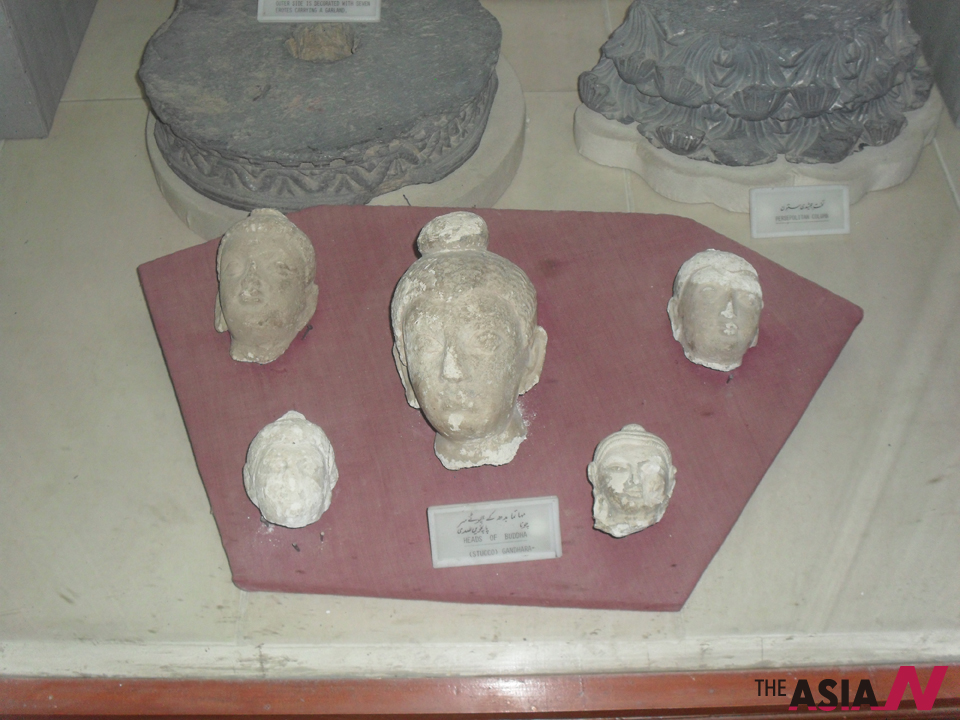
Pattern of fish marketing changes in Pakistan

Fishing is one of the oldest occupations for people who live near lakes, rivers and seas. The fishing communities as well as landholders have also started breeding fish at farms, known as aquaculture, which has become a big source of livelihood for the people.
Pakistan is blessed with a vast coast-line, rivers and hundreds of lakes besides fish ponds or farms. Although the fish catch has declined in lower riparian areas as a result of constructing big dams and barrages at rivers in upper areas of country, the fisheries sector had been contributing a lot to country’s economy, as around one million people are directly and indirectly employed in this sector. Besides, Pakistan earns about 6 percent of its total foreign exchange by exporting marine fish like shrimps and other fish products although it hardly exports 10 percent of its total annual fish catch. The rest is sold in local market.

There are a large number of fishermen’s villages all along Pakistan’s coast line and river banks where fishing is primary source of earnings for centuries. The marketing chain for fish is similar to that for other agricultural commodities. Products are sold into the market to wholesalers and then onto retailers and end consumers through agents working on a commission basis.
Farmed fish tend to be marketed either at the farm gate, through intermediaries or by open auction, where ice-packed fish is sent to fish markets and sold. Fish markets are very common in Sindh province and at selected locations in Punjab province. All markets are under the control of the local administrations. Most fish markets have inadequate facilities; usually they lack cold storage facilities, have poor hygienic conditions and inadequate communication links. Most aquaculture product is consumed locally.
Pakistanis are not fish-eaters like people of Bangladesh, Sri Lanka or other countries. The annual per capita fish consumption in Pakistan was about 2.0 kg in 2006, which is very low as compared to other countries of world. The centuries-old trend of buying fish from traditional markets has also changed over the years, as the fishermen themselves or other people have setup fish stalls at roadsides in cities and towns.
Some people also could be seen selling fish at pushcarts but another big change in fish trade is that poor people use to buy a small stock of fish daily from auction place and visit door to door in residential areas taking it on bicycles. The housewives now can buy the fish at the doorstep at the rate cheaper than market. This practice has proved a very profitable business for poor people with a very small investment.








One thought on “Pattern of fish marketing changes in Pakistan”